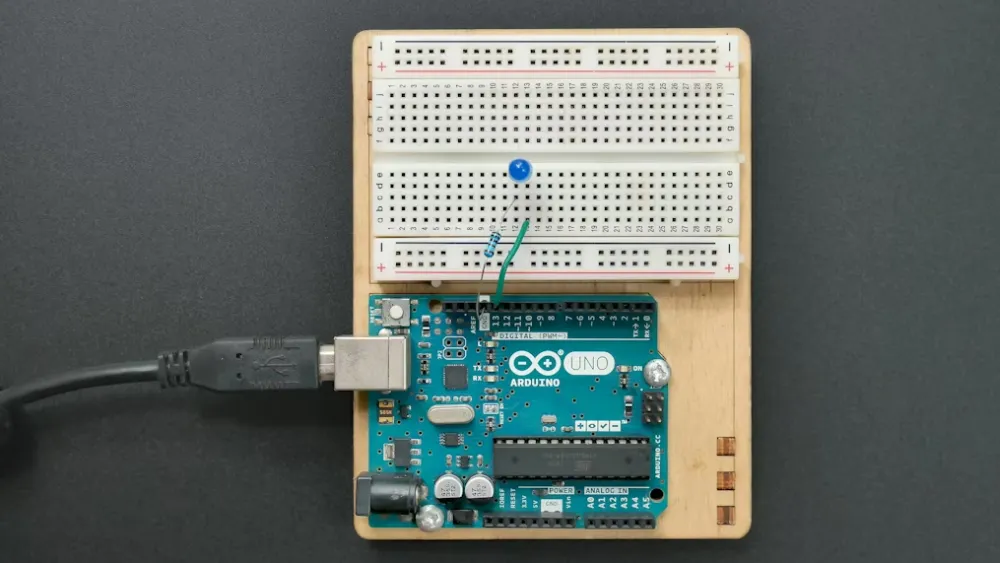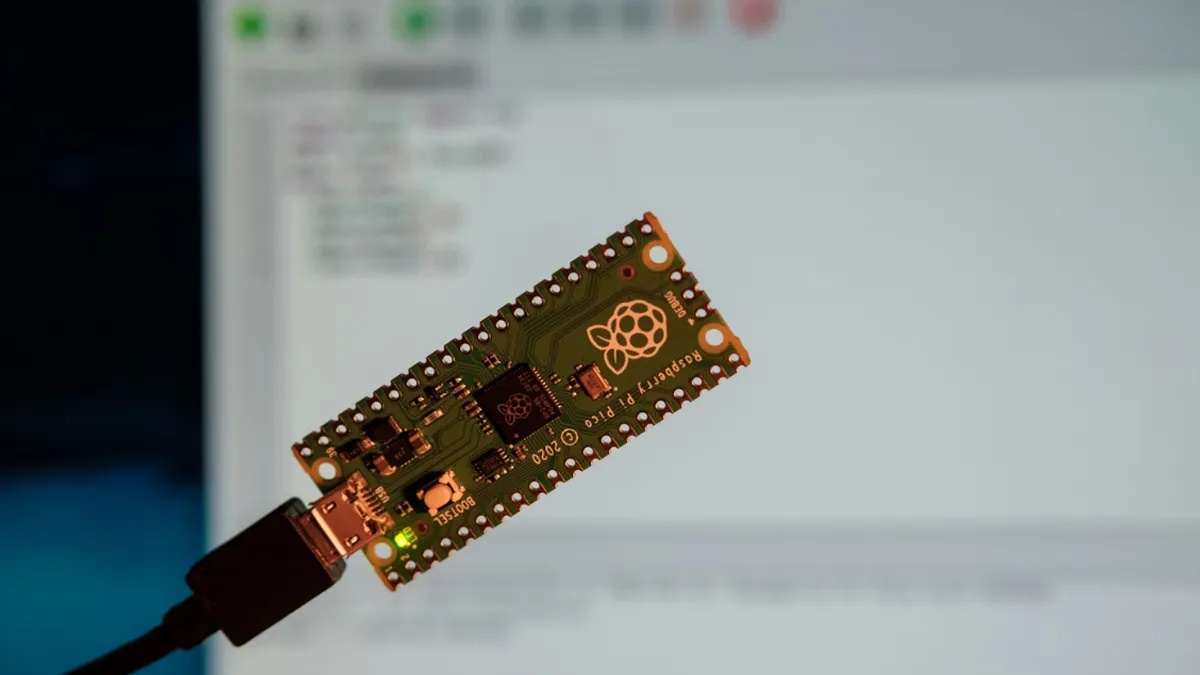
Testing of Harmful Chemicals in Textiles
As an importer or manufacturer of textiles and footwear products, you need to ensure that harmfUL cheMICals are excluded from your products and comply with global chemical restrictions. JJR Laboratory in China offers harmful substance testing services for textiles. Feel free to inquire.
Restricted Substances (RSL) Testing
In the field of harmful chemical testing, Intertek's technical team has world-leading expertise, advanced instruments, and equipment to provide comprehensive and precise chemical testing services for clients.
Azo / Carcinogenic / Sensitizing Dyes
Azo dyes are synthetic dyes commonly used for coloring textiles and leather, featuring a nitrogen-nitrogen double bond (N=N) in their chemical structure. Under certain conditions, some azo dyes may produce carcinogenic aromatic amines. In Europe, the reach regulation (EC) No. 1907/2006 Annex XVII prohibits the use of 22 carcinogenic aromatic amines in textiles and leather. Other dyes used in the textile industry can also have negative effects on human health. More than 20 disperse dyes are sensitizing, and 9 others are carcinogenic. These dyes can be absorbed by the body through long-term contact with human skin.
Formaldehyde
Formaldehyde is commonly used as a crosslinking agent in easy-care textiles, imparting shrink resistance, wrinkle resistance, easy-care, and stain resistance. Released formaldehyde can harm human health, especially causing strong irritation to mucous membranes and the respiratory system.
Pentachlorophenol (PCP), Tetrachlorophenol (TeCP), and Trichlorophenol (TriCP)
To prevent mold stains on textiles, leather, and wood, chlorophenols (such as PCP) are often used. PCP is highly toxic and carcinogenic.
Pesticides
Pesticides are used in the cultivation of natural plant fibers (such as cotton) to prevent pests and insect damage; herbicides are used to remove weeds and fallen leaves. These chemicals can be absorbed by fibers and remain in the final products. Although most residues are removed during subsequent wet processing, the toxicity of these pesticides and herbicides varies, with some easily absorbed through the skin.
Heavy Metals
Certain dyes and pigments contain heavy metals. Natural fibers may also absorb heavy metals from the soil and air during cultivation. Additionally, heavy metals may be introduced during textile finishing processes. Once absorbed by the body, heavy metals accumulate in internal organs like the liver or kidneys. When the accumulation REACHes a certain level, it can cause severe health damage, such as lead, which severely affects the nervous system. Heavy metals typically refer to antimony (Sb), arsenic (As), lead (Pb), cadmium (Cd), mercury (Hg), copper (Cu), hexavalent chromium (Cr VI), total chromium (Cr), cobalt (Co), and nickel (Ni). Among these, cadmium and lead are carcinogenic. Europe has long restricted the use of cadmium, and in addition to certain European regulations, the U.S. Consumer Product Safety Improvement Act (cpsia) also restricts the use of lead.
Hexavalent Chromium (Cr VI)
Hexavalent chromium is a harmful by-product generated during the chrome-tanning process of leather. A large amount of hexavalent chromium may also be produced during subsequent warehousing and transportation. It is a strong oxidizing agent and carcinogenic, so it must be controlled.
Nickel Release
Nickel is commonly used in metallic alloy accessories for clothing, such as buttons, zippers, and rivets. Some individuals are allergic to nickel, and prolonged contact with nickel-containing accessories can cause severe skin irritation. The EU REACH Regulation (EC) No. 1907/2006 Annex XVII sets limitations on nickel release.
Phthalate Esters (Phthalates)
Phthalates are the most commonly used plasticizers, used to soften polyvinyl chloride (PVC), and are also used in polyurethane (PU) and printing inks. Studies show that soft PVC may release a significant amount of phthalates during simulated oral chewing, posing potential risks to young children. Many countries worldwide have legislated to restrict the use of phthalate esters in children's products, including the U.S. CPSIA and EU REACH Regulation.
TBT, DBT, and Other Organotin Compounds
In the textile industry, tributyltin (TBT) is used to prevent microbial degradation caused by sweat, which can cause unpleasant odors in socks, shoes, and sportswear. Some organotin compounds are also used in PVC and PU production. High concentrations of organotin compounds are consideRED toxic and can be absorbed through the skin, potentially causing reproductive system disorders.
Chlorinated Organic Carriers
These are typically used as dyeing aids for polyester fibers. Chlorinated organic compounds can damage the human central nervous system and cause liver and kidney dysfunction.
Flame Retardants
Common flame retardants include tris(2,3-dibromopropyl) phosphate (TRIS), tris(nitrocyclopropyl) oxophosphate (TEPA), BIS(2,3-dibromopropyl) phosphate, polybrominated biphenyls (PBB), and polybrominated diphenyl ethers (PBDE). Prolonged contact with high doses of flame retardants can lead to immune system damage, hypothyroidism, memory loss, and joint stiffness.
pH Value
The skin surface of the human body is slightly acidic, which helps prevent many diseases. Textiles are beneficial to the human skin when they are neutral (pH 7) or slightly acidic (below pH 7). However, if they are strongly acidic or alkaline, they can damage the skin and even cause allergic reactions.
Dimethyl Fumarate (DMFU)
Dimethyl fumarate is a volatile compound that can cause irritation and damage to the skin, eyes, mucous membranes, and upper respiratory tract upon contact, inhalation, or ingestion. This substance is commonly used as a fungicide and is also used in desiccant bags to prevent mold growth on leather, furniture, shoes, or leather accessories during storage or transportation. The EU REACH Regulation (EC) Annex XII No. 1907/2006 explicitly bans the use of dimethyl fumarate.
Alkylphenols (AP) and Alkylphenol Ethoxylates (APEO)
Alkylphenols and alkylphenol ethoxylates are commonly used as wetting agents in textile processing. The EU REACH Regulation (EC) No. 1907/2006 limits the discharge of nonylphenol (NP) and nonylphenol ethoxylates (NPEO). NPEO has been widely used for years as a cleaner, emulsifier, wetting agent, and dispersant; NP serves as the medium for synthesizing NPEO. NPEO and NP are highly toxic to aquatic animals and are considered water pollutants. They can disrupt the hormone regulation system of aquatic animals, causing feminization effects. Other alkylphenols and alkylphenol ethoxylates of concern include octylphenol (OP) and octylphenol ethoxylates (OPEO).
Perfluorooctane Sulfonate (PFOS)
PFOS is widely used for oil, water, and grease resistance treatment in textiles, clothing, carpets, leather, and paper. This substance has strong bioaccumulation and toxicity.
Volatile Organic Compounds (VOC)
VOCs are a group of volatile organic solvents commonly used in paints, inks, adhesives, cleaners, and footwear production. Due to their organic nature, these chemicals have a strong and distinctive odor. Some VOCs, such as benzene, are carcinogenic, while others are highly toxic and irritating.
Email:hello@jjrlab.com
Write your message here and send it to us
 Infant Support Pillow 16 CFR 1243/1242 & ASTM
Infant Support Pillow 16 CFR 1243/1242 & ASTM
 BRM Registration Card Under CFR Part 1130 Regulati
BRM Registration Card Under CFR Part 1130 Regulati
 How to get a D-U-N-S® Number for US FDA Registrati
How to get a D-U-N-S® Number for US FDA Registrati
 Household Massage Devices Compliance in the China
Household Massage Devices Compliance in the China
 Compliance for the Global In Vitro Diagnostic (IVD
Compliance for the Global In Vitro Diagnostic (IVD
 Compliance Guide for Nebulizers in European and Am
Compliance Guide for Nebulizers in European and Am
 Cybersecurity Certification Service for EU RED Dir
Cybersecurity Certification Service for EU RED Dir
 ANATEL Certification Compliance Guide for Brazil M
ANATEL Certification Compliance Guide for Brazil M
Leave us a message
24-hour online customer service at any time to respond, so that you worry!




